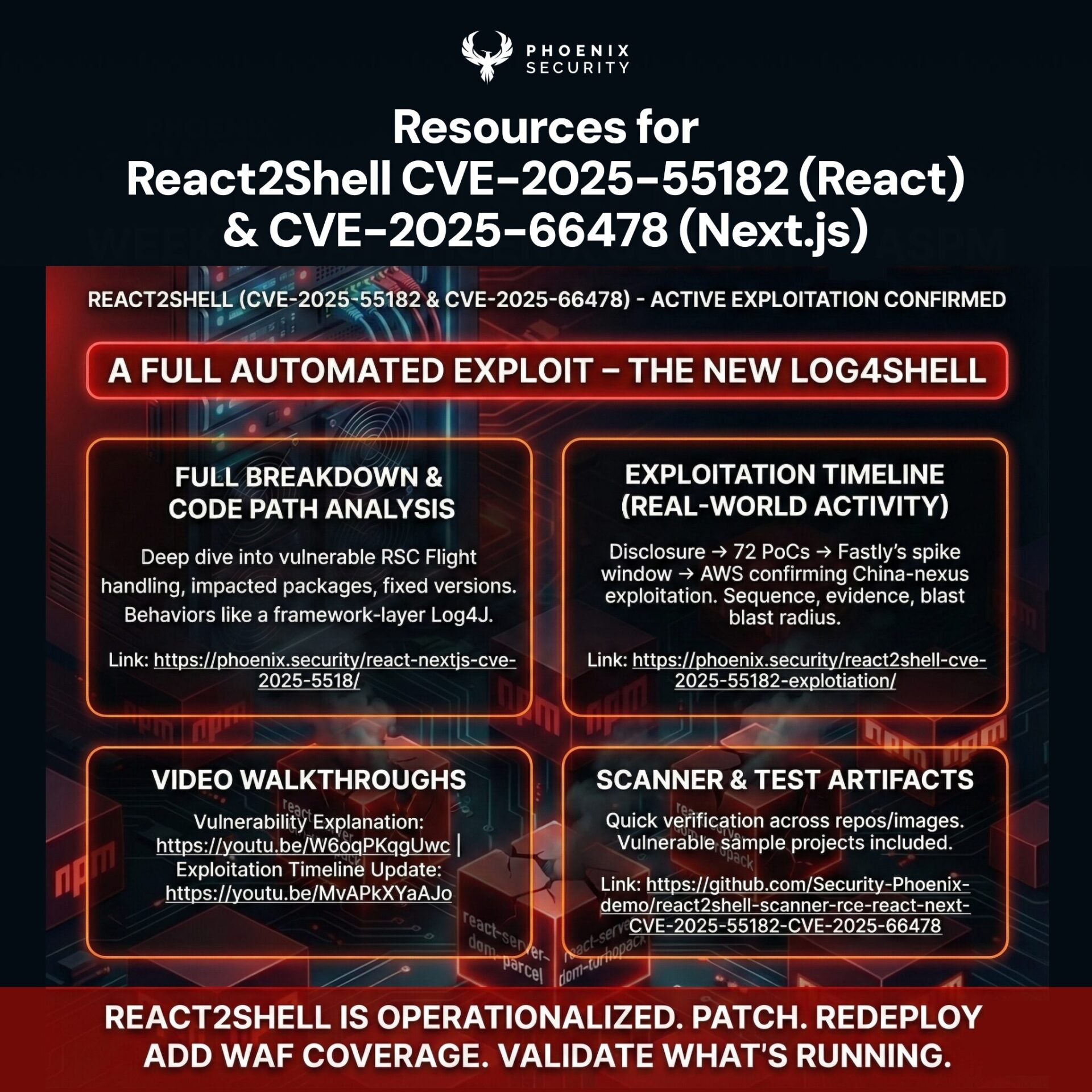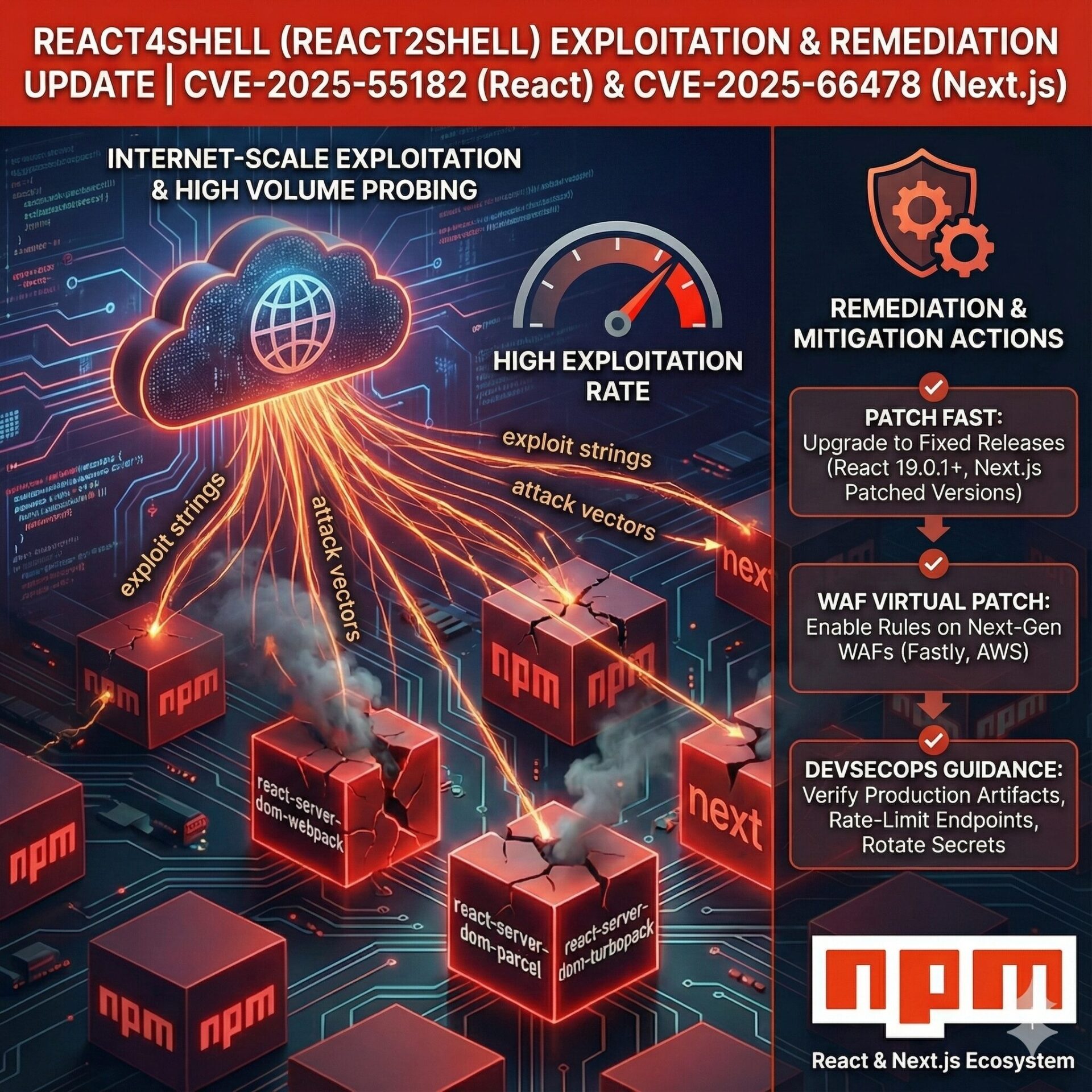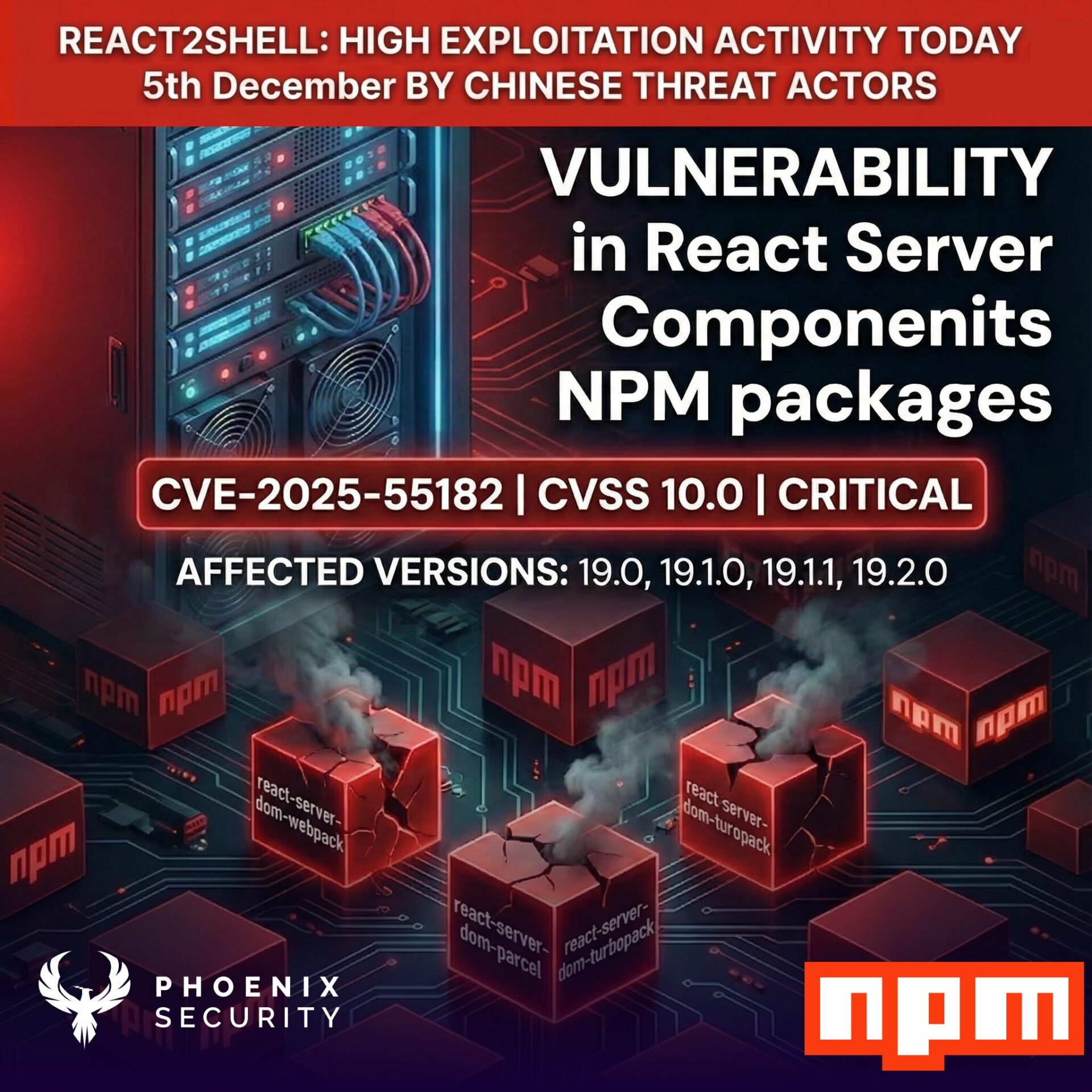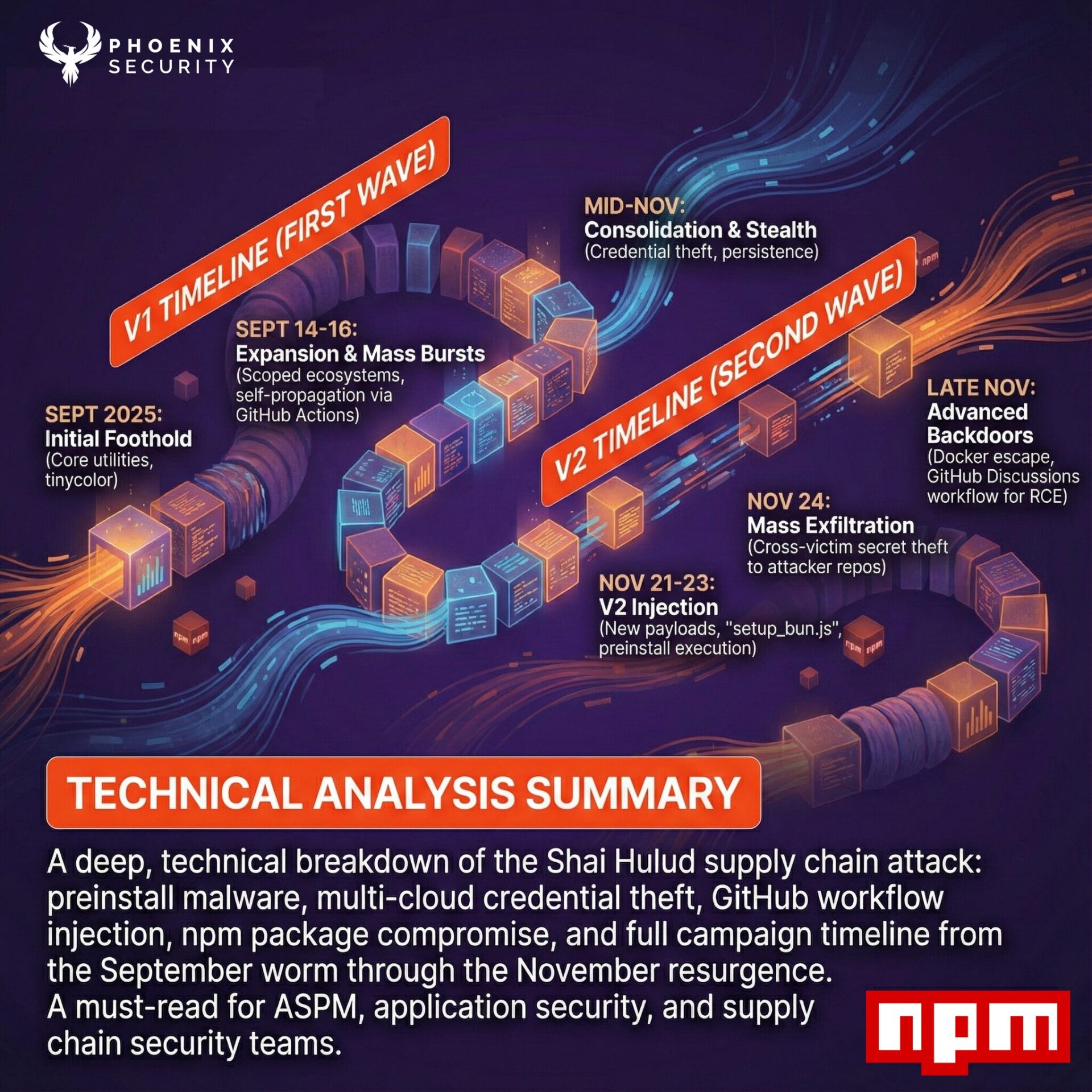
The new Cybersecurity Strategy is out and pointed towards the actionable target at the beginning and more strategic direction at the end.
The powerful investment of the USA towards cybersecurity is relatively straightforward, with CISA growing more and more central in the legislative phase.
The Biden administration is investing $65 billion in protecting critical national infrastructure and secure access to connectivity.
This document follows the Executive Order on improving the national cybersecurity in May 2021
Overall the cybersecurity strategy looks very promising and is oriented to an actionable direction. The overall increase in attention to software, open source vulnerabilities, SBOM and threat intelligence availability to businesses is evident throughout the document.
Full document: https://www.whitehouse.gov/wp-content/uploads/2023/03/National-Cybersecurity-Strategy-2023.pdf
Some emerging trends are well-recognized, like the direction of complex technologies.
Specifically, there is the recognition in point 3.3 of software’s growing complexity and vulnerabilities’ evolution. The Biden administration is encouraging disclosure of vulnerabilities, development of SBOM and possibly VEX.
At the end of the document, there is also a pointed consideration of Log4J vulnerability in 2022, recognising this vulnerability is the most significant cybersecurity incident.
Nice to see also in point 5.1 the international collaboration of the USA with more countries, specifically the USA with the AKUSA pact between the USA, Australia, and the USA.
Let’s break down the main points
1. Defend Critical Infrastructure
1.1 Expanding the use of minimum cybersecurity requirements in critical sectors to ensure national security and public safety and harmonising regulations to reduce the burden of compliance;
1.2 Scaling public-private collaboration: Enabling public-private collaboration at the speed and scale necessary to defend critical infrastructure and essential services; and,
1.3 Integrate Federal Cybersecurity Centres – Defending and modernising Federal networks and updating Federal incident response policy
1.4 Update Federal Cyber Incident response plan and processes
1.5 Modernize federal defences
This section is pointed at strengthening the cybersecurity posture of CNI (Critical National Infrastructure) and prioritising threat intelligence and notification with the CISA advisory. CISA and CISA-KEV have taken a strong position in this part and the position on fixing critical vulnerabilities CISA BOD 22-01
The second section focuses more on protecting against threat actors and deploying countermeasures.
2. Disrupt and Dismantle Threat Actors
2.1 Strategically employing all tools of national power to disrupt adversaries;
2.2 Engaging the private sector in disruption activities through scalable mechanisms; and,
2.3 Addressing the ransomware threat through a comprehensive Federal approach and in lockstep with our international partners.
2.4 Prevent abuse of US-based infrastructure like domain registers, critical infrastructure
2.5 Conter cybercrime focusing on defeating ransomware
Very strong focus on vulnerability resolution and ransomware protection with the Joint Ransomware Task Force JRTF and the collaboration between CISA and the FBI.
Pillar 3 focuses more on the wider market and building a cyber-resilient future. It is nice as well to see here vulnerability remediation, application security in the form of software security and more accountability following the recent SEC Proposed Cyber Legislation
3. Shape Market Forces to Drive Security and Resilience
3.1 Promoting privacy and the security of personal data;
3.2 Shifting liability for software products and services to promote secure development practices; and,
3.3 Ensuring that Federal grant programs promote investments in new infrastructure that are secure and resilient.
3.4 Federal grants to incentivise the building of security
3.5 Leverage Federal Procurement to improve accountability
3.6 Incentivise the federal cyber insurance backstop – interesting to see the position on cyber security legislation and support for cyber insurance
That is an interesting point, and we will see with the upcoming legislation what role the board will have in being accountable for cybersecurity in recent SEC Proposed Cyber Legislation
The fourth pillar focus on future investment and reaction to cybersecurity attacks. This section focuses more on the investment in the cybersecurity sector and future.
4. Invest in a Resilient Future
4.1 Reducing systemic technical vulnerabilities in the foundation of the Internet and across the digital ecosystem while making it more resilient against transnational digital repression;
4.2 Prioritizing cybersecurity R&D for next-generation technologies such as postquantum encryption, digital identity solutions, and clean energy infrastructure; and,
4.3 Prepare for Post-Quantum Future and investment in R&D and reaction from cyber resistant algorithms
4.4 secure, clean energy future
4.5 support the development of a digital identity ecosystem
4.6 develop a national strategy to strengthen the cybersecurity workforce
Point 4 is crucial for vulnerability resolution and management, with application security and software security taking centre stage and more presence. Aside from action from R&D and a clear commitment of financing to CISA, there are no more details on the R&D deployment.
There is also mention in 4.3 of post-quantum security future, during the early stage and very fluffy.
5. Forge International Partnerships to Pursue Shared Goals –
5.1 Leveraging international coalitions and partnerships among like-minded nations to counter threats to our digital ecosystem through joint preparedness, response, and cost imposition;
5.2 Increasing the capacity of our partners to defend themselves against cyber threats, both in peacetime and in crisis; and,
5.3 Working with our allies and partners to make secure, reliable, and trustworthy global supply chains for information and communications technology and operational technology products and services.
5.4 build a coalition to reinforce global norms of responsible state behaviour
5.5 secure global supply chain for information communication and operational technology product and services.
Conclusion
The document is strategically oriented to a more secure world and practically defends the critical infrastructure. Builds on the existing executive orders, the SEC proposal on creating a more accountable board and overall the direction of each department to have a more robust cybersecurity defence against software security threats and national state.


















